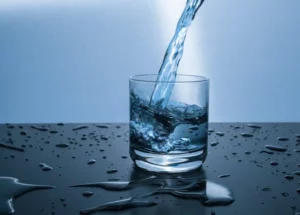The Importance Of Maintaining Your Well Water Safety
These days, it’s more crucial than ever to know where we receive our drinking water from.
However, there are still some regions of the world where well water is still the primary source of drinking water for families, and Florida is one of those regions. The majority of people in cities and suburbs are forced to drink tap water, bottled water, or use a water filtration system in their homes. 
The Environmental Protection Agency (EPA) regulates all public water systems, but it has no authority over privately owned water wells.
Although some state and local governments have regulations governing private well water, the EPA does not impose any requirements on the 15% of Americans who provide their own drinking water.
As with public water systems, private well owners do not have government organizations frequently verifying the quality and toxicity of their water supply.
How can well water users determine if the quality of their water has improved or changed?
The maintenance and protection of the water well are the duty of each private owner, who is also responsible for giving their families access to clean drinking water. Each household must be careful to take precautions to guarantee that their family is drinking safe water.
List of Items for Well Owners’ Checklists
To guarantee the safety of the water supply, all water wells should be built correctly and maintained regularly. This worry can be allayed by Jon’s Well and Pump Services Inc. annual preventative maintenance inspections and water quality testing.
A spot on the land where rainwater can fall away from it is where water wells should be constructed. Hazardous germs and poisons that can pollute well water can be picked up by rainwater.
These precautions should be taken in order to maintain your well water safe for drinking:
Wells should be kept at least 50 feet away from any septic tanks and from any livestock.
Maintain a minimum distance of 250 feet between dung stacks and the well’s water supply.
You should keep storage areas for manure, fertilizer, and petroleum products at least 100 feet away from your well’s water source.
Ensure that quality checks are performed regularly or biannually to guarantee the water is safe to consume.
These are the bare minimal standards for your well water’s safety. It is advisable to keep all livestock, manure piles, and harmful substances as far away from your well water supply as you can.
The best approach to ensure that the water in your home is safe to drink for your family is to follow this advice.
If you are concerned about the safety of your well water, contact Jon’s Well and Pump Services today!

